If you’ve ever wondered about the unassuming yet fascinating world of rocks, chert rocks are a topic that deserves your attention.
These rocks hold within them a wealth of secrets waiting to be uncovered. From their intricate formation to their distinct physical characteristics and the multitude of ways they have been utilized throughout history, chert rocks are much more than meets the eye.
Stay tuned to unravel the mysteries behind these ancient formations and discover the valuable insights they offer into our natural world.
Formation of Chert Rocks
Chert rocks form through the gradual accumulation and compaction of silica-rich sediments over millions of years. These sedimentary processes involve the deposition of tiny particles of silica, often from the shells of marine organisms or volcanic ash. As these sediments settle and accumulate on the ocean floor or in freshwater environments, they undergo a process known as mineralization, where the silica cements together to form solid chert rock.
Throughout geological history, chert has played a crucial role in preserving information about past environments and organisms. Its unique composition, primarily made up of microcrystalline quartz, gives clues about the conditions under which it formed. By studying the mineral inclusions and textures within chert rocks, researchers can unravel details about ancient ecosystems and the processes that shaped the Earth millions of years ago. This insight into rock composition provides valuable information for understanding the evolution of our planet and the life it supported.
Physical Characteristics of Chert
With a smooth texture and a range of colors, chert showcases an array of physical characteristics that provide insight into its formation and properties. Chert is primarily composed of microcrystalline quartz, giving it a hardness of around 7 on the Mohs scale, making it quite durable and resistant to weathering. This mineral composition is what contributes to chert’s toughness and ability to form sharp edges when broken.
Color variations in chert can range from white and gray to red, green, black, and even blue, depending on the presence of impurities like iron oxide or organic matter. These color differences can sometimes indicate the environment in which the chert was formed.
The texture of chert is typically smooth, but it can also exhibit conchoidal fracturing, which means it breaks with smooth, curved surfaces similar to glass. This unique texture is a result of its microcrystalline structure and contributes to its ability to form sharp tools when fractured.
Also Read: Basalt Rocks: Identification, Characteristics, Pictures, and More
Identification Techniques for Chert
Having understood the physical characteristics of chert, the next step involves employing specific techniques to identify this mineral with accuracy and precision. When it comes to identifying chert, analyzing its composition is key. Chert is primarily composed of microcrystalline quartz, which gives it its characteristic hardness and smooth fracture. By conducting tests to determine the mineral content of a sample, you can confirm if it matches the composition typical of chert.
Another crucial aspect of identifying chert is examining its patterns. Chert often displays distinct patterns such as banding, nodularity, or conchoidal fracturing. These patterns can provide valuable clues in distinguishing chert from other rocks or minerals. By closely observing the surface of a chert specimen and noting any unique patterns present, you can further confirm its identity.
Chert’s Industrial Applications
Exploring the diverse industrial applications of chert reveals its significant role in various fields, showcasing its versatility and practicality in modern industries. Chert is a valuable material in construction due to its durability and resistance to weathering, making it an excellent choice for building materials. In landscaping, chert is commonly used as decorative gravel in gardens, pathways, and driveways, adding a natural and aesthetically pleasing touch to outdoor spaces. Its ability to compact tightly also makes it ideal for use in road construction, providing a stable and long-lasting surface. Moreover, chert’s abundance and cost-effectiveness make it a popular choice for industrial purposes such as creating concrete, ceramics, and filtration systems. The table below summarizes the key industrial applications of chert:
| Industrial Application | Description |
|---|---|
| Chert in Construction | Durable building material resistant to weathering |
| Chert in Landscaping | Decorative gravel for gardens, pathways, and driveways |
| Chert in Road Construction | Provides stable and long-lasting road surfaces |
Chert in Archaeology and History
Chert plays a significant role in archaeology and history due to its widespread use by ancient civilizations for crafting tools and weapons. The archaeological significance of chert lies in its prevalence as a raw material for making stone tools, especially during the Paleolithic and Neolithic periods.
- Artifact Analysis: Archaeologists often study chert artifacts to understand the technological capabilities and cultural practices of past societies. The presence of chert tools at archaeological sites provides insights into the tools’ functions and the lifestyles of ancient peoples.
- Trade and Exchange: Chert’s distribution patterns across different regions indicate long-distance trade networks and interactions among ancient communities. The movement of chert materials highlights the exchange networks that existed in prehistoric times.
- Symbolic Significance: Chert artifacts sometimes held symbolic meanings for ancient societies, representing craftsmanship, social status, or cultural traditions. The historical uses of chert extend beyond practical toolmaking, reflecting the broader cultural significance attached to this versatile material.
Frequently Asked Questions
Can Chert Rocks Be Found in Any Specific Geographic Locations Around the World?
Chert rocks can be found in various geographic locations worldwide. They are formed through different processes and have distinct mineral compositions and physical properties. Keep exploring to discover these fascinating rocks in diverse environments.
How Do Chert Rocks Compare to Other Types of Sedimentary Rocks in Terms of Hardness and Durability?
When comparing chert rocks to other sedimentary types, their hardness and durability stand out. Chert rocks are known for their exceptional toughness and resilience, making them unique among sedimentary rocks in terms of longevity and strength.
Are There Any Unique Myths or Folklore Associated With Chert Rocks in Different Cultures?
In different cultures, chert rocks carry diverse meanings. Cultural beliefs and folklore attribute spiritual significance to chert, often weaving it into legends. Explore the rich tapestry of myths that surround these ancient stones.
What Role Do Chert Rocks Play in Environmental Conservation Efforts or Natural Ecosystems?
Chert rocks play a crucial role in environmental conservation efforts. Their presence supports biodiversity, enhances ecosystem impact, and provides significant conservation benefits. Understanding their environmental significance is essential for preserving natural habitats and promoting ecological balance.
How Does the Composition of Chert Rocks Vary Depending on the Geological Processes Involved in Their Formation?
When chert rocks form, the geological processes involved dictate their composition and characteristics. Depending on these formation processes, variations in the chemical makeup of chert rocks can occur, leading to diverse appearances and properties.
Conclusion
Overall, chert rocks are a fascinating type of sedimentary rock with a distinct appearance and unique properties. Their formation through the deposition of silica-rich sediments over millions of years gives them their characteristic hardness and smooth texture.
Identifying chert rocks can be done through various techniques such as color, fracture patterns, and hardness. With their industrial applications in tools and construction, as well as their use in archaeological research, chert rocks continue to play an important role in various fields.
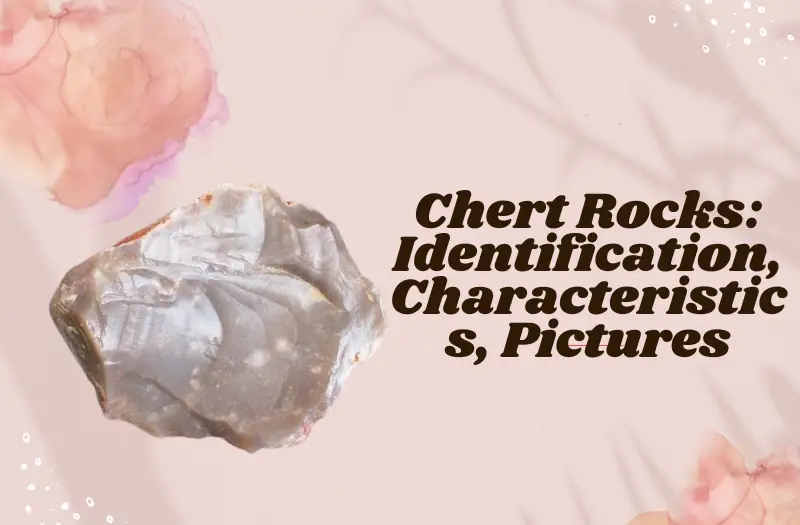
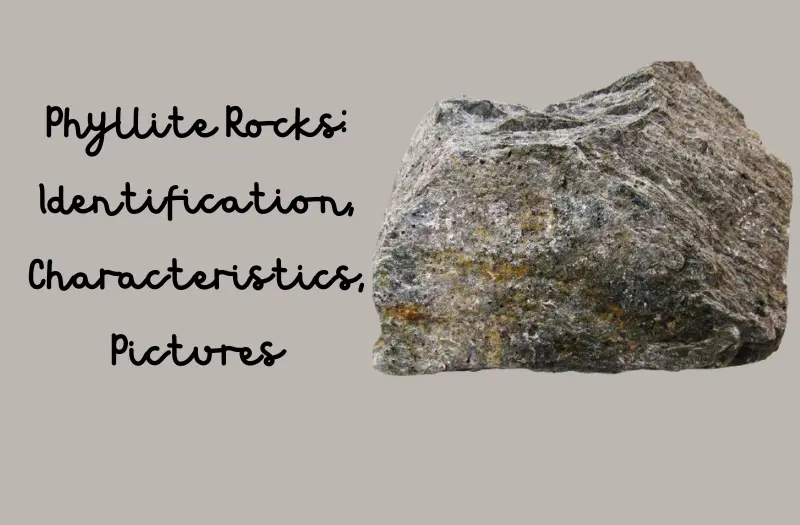
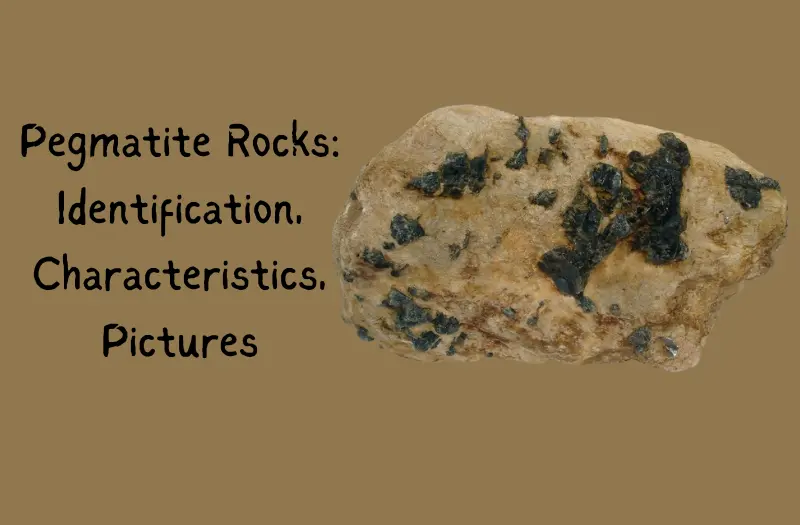
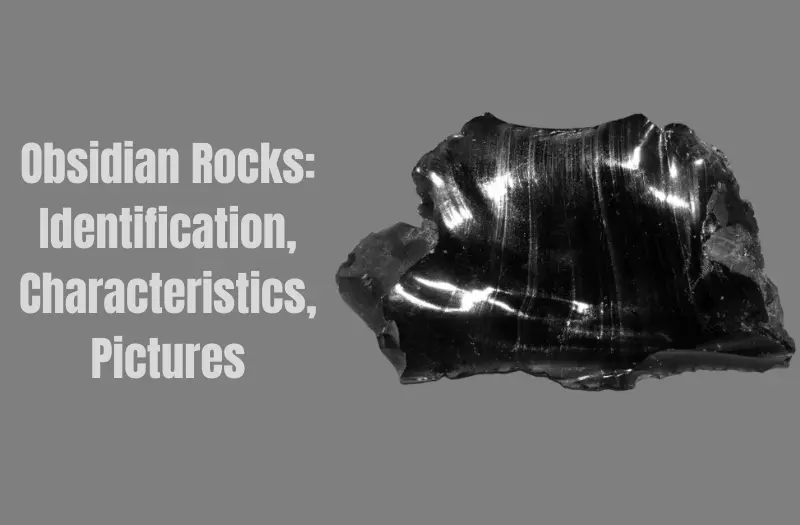
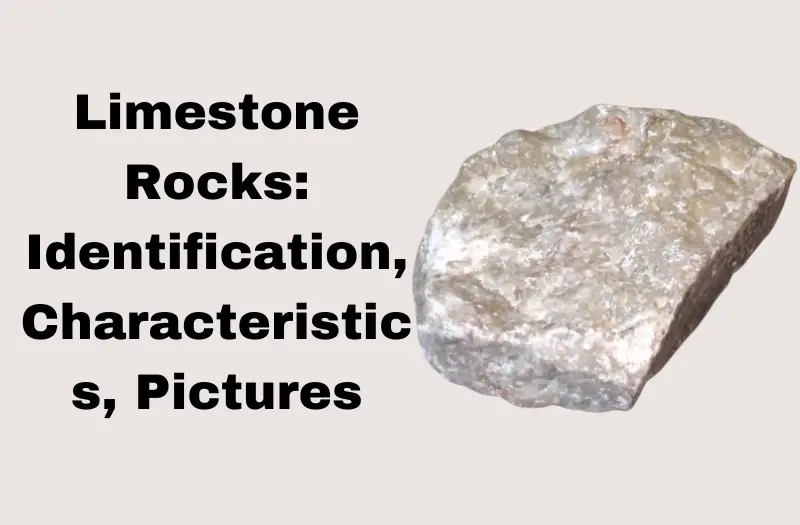
Leave a Reply